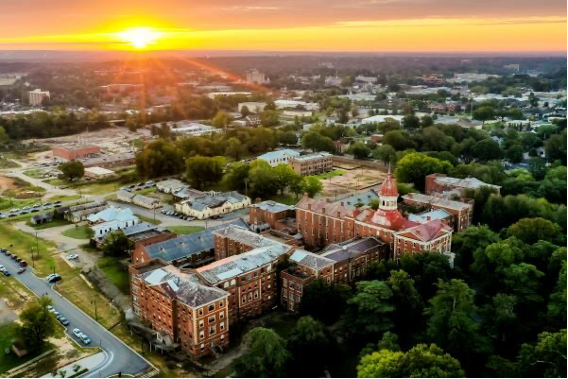The Power of Design: How Architecture Shapes Community Identity and Fosters Social Equity
The Power of Design: How Architecture Shapes Community Identity and Fosters Social Equity
Architecture is not just about aesthetics; it’s also about creating spaces that serve and uplift communities. In South Carolina, there is a growing recognition of architecture’s role in promoting social equity, particularly in underserved areas. By designing buildings and public spaces that are accessible, inclusive, and responsive to community needs, architects can help bridge social divides and foster a sense of belonging.
One powerful example is the redevelopment of the BullStreet District in Columbia, one of the largest urban redevelopment projects in the Southeast. This mixed-use community is being built focusing on walkability, public green spaces, and affordable housing options, aiming to create a more inclusive and sustainable urban environment. The project incorporates elements of historical preservation while introducing new architectural styles that reflect the city’s future.
Similarly, affordable housing projects across the state, such as the Veterans Village in Spartanburg, demonstrate how architecture can address pressing social issues. These projects are designed to provide safe, dignified housing for vulnerable populations while integrating with the surrounding community.
Architecture has the power to shape not only the physical landscape but also the social fabric of our communities. Through thoughtful design, we can create spaces that reflect our shared values and promote greater social equity for all South Carolinians.
For more on this topic, see: Architect’s Role in Creating Equitable Communities

The Bullstreet District, Columbia, SC

